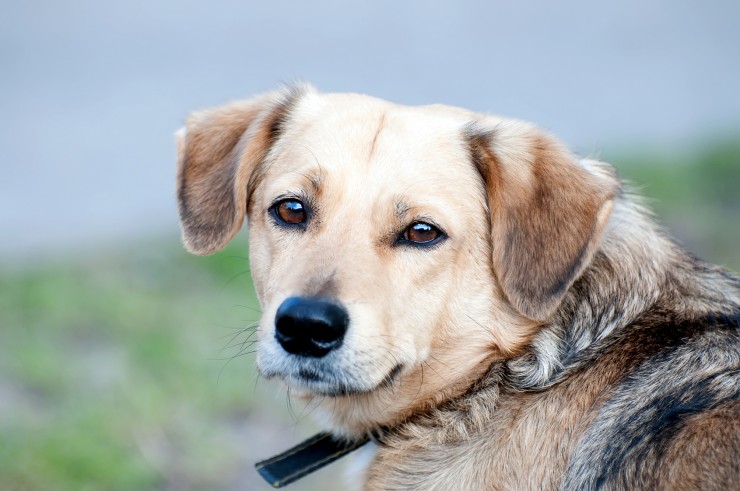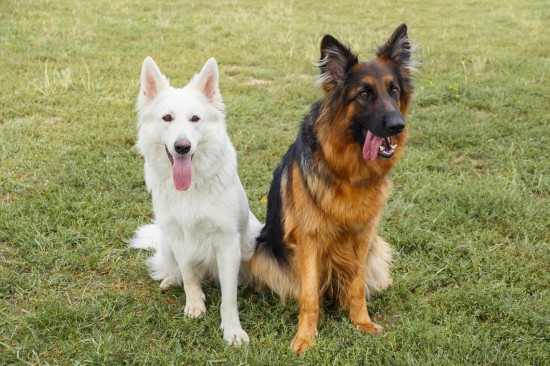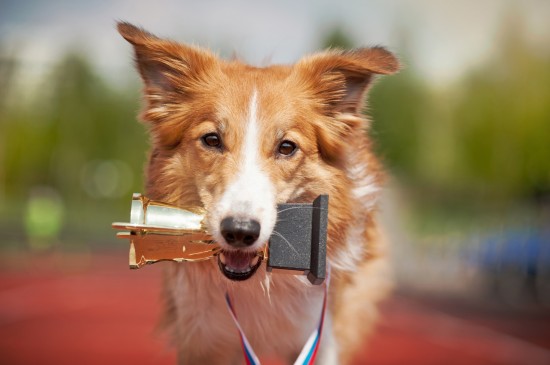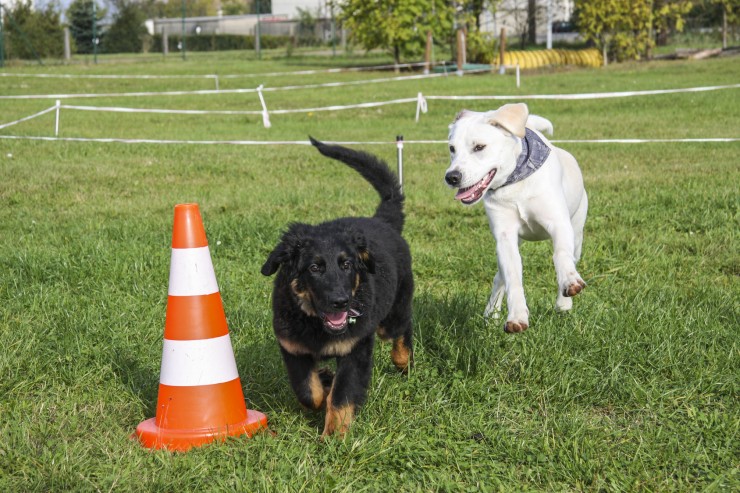
Remember to consult with your vet for hands on training if desired.
Airway
After determining that the animal is non-responsive, step one in performing dog CPR is obtaining a good airway. This is a very important step. You should seek to achieve this first before continuing on.
Remember that making sure your pet has a clear airway is the most important aspect of CPR. Without oxygen your pet could die within minutes.
Pull out the tongue of your pet carefully. The emphasis here is on carefully. Pets, even when unconscious can bite by instinct. Keep the pet's neck straight, and line up the neck and the back. In case there is neck trauma, do not hyper-extend the neck.
Then, try giving the animal two rescue breaths. Perform this by putting your mouth to its nose, and keeping the animal's mouth closed. If your breaths go in then you can continue. However, if they do not go in, it means that there is an obstruction in the animal's airway.
In this case, inspect the animal's airway, and try to extract the obstructing object. If you cannot, try doing a modified Heimlich maneuver. Turn the animal over with its back against your chest and its head towards the ground in a bear hug. Deliver five thrusts to the abdomen. Imagine making each thrust dislodge the object. Be careful that you do not deliver too much pressure as it may cause damage if overdone.
Do not stop until you are able to clear the airway. Even if the animal goes into cardiac arrest (meaning no heartbeat), the primary concern is to open the airway and keep it clear.
Breathing
When the airway is cleared, determine if the animal is breathing on its own. If it is not, pull out its tongue again (again very carefully) so that the tongue does not itself obstruct the airway, and perform mouth to nose respiration.
Circulation
The last step of animal CPR should only be done if the airway and breathing are stabilized. Make sure there are no pools of blood or spurting. If there is, control these as necessary.
Lay the animal on its right side, now put your hands on the part where the animal's left elbow touches its chest. This is the marker for the middle of the animal's rib cage. Compress this part fifteen times then administer two rescue breaths. Repeat this cycle of 15 compressions then 2 rescue breaths.
This compression will change according to the size of the animal. If the pet is small use compressions that are half an inch deep, for medium dogs one inch, and for large dogs, one and a half inches. Repeat this as necessary until emergency assistance arrives.
When administering animal CPR, you must make a deliberate decision to be calm and collected. Doing CPR in a panic will only result in wrong decisions that may further imperil the life of the animal.
Remember that your CPR actions are first-at-the scene maneuvers, and that your pet will still need expert medical attention. Make sure that the veterinarian has been alerted as soon as you are able.
Pet CPR is a very important skill for those who deal with emergency medical cases concerning dogs. Further training is recommended. Contact your vet to ask about this training. This article is only meant to provide an introduction to dog CPR. Although not everyone learns it, those who do are a vital factor in saving the lives of many beloved pets.
 Age-related Retinal Degeneration In Dogs
Age-related Retin
Age-related Retinal Degeneration In Dogs
Age-related Retin
 How To Retrain A Dog That Doesn’t Like Other Dogs
How To Retrain A
How To Retrain A Dog That Doesn’t Like Other Dogs
How To Retrain A
 How To Make Your Dog The Star Of The Show
How To Make Your
How To Make Your Dog The Star Of The Show
How To Make Your
 Tips for pet care in winter
Tips for pet care in winter
Winter is arriving
Tips for pet care in winter
Tips for pet care in winter
Winter is arriving
 Canine Rally - The Newest Uk Dog Sport!
Canine Rally - Th
Canine Rally - The Newest Uk Dog Sport!
Canine Rally - Th
Copyright © 2005-2016 Pet Information All Rights Reserved
Contact us: www162date@outlook.com